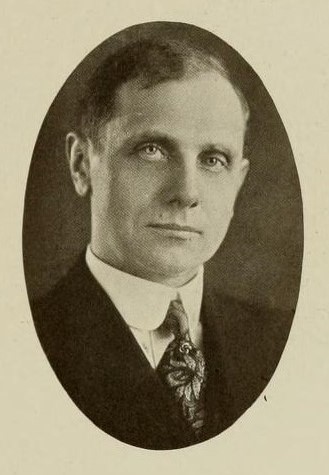The Health Sciences and Human Services Library Historical Collections’ strives to provide broad access to our diverse collections both in person and digitally. Materials in our collections appear as they originally were published or created and may contain offensive or inappropriate language or images and may be offensive to users. The University of Maryland, Baltimore does not endorse the views expressed in these materials. Materials should be viewed in the context in which they were created.
In 1920 the University of Maryland Graduate School was only a two-year-old institution (the school was established during the 1918-1919 academic year). The Graduate School was founded at the Maryland State College of Agriculture in College Park, which merged with the University of Maryland (Baltimore) in 1920 forming two campuses under the UM name. The Graduate School oversaw all students taking graduate coursework at the University of Maryland and remained at College Park after the merger in 1920.
Dr. Charles O. Appleman served as the dean of the school. Dean Appleman was a distinguished teacher, professor of Plant Physiology, and researcher; he remained head of the graduate school until 1949. In addition to Dean Appleman, the graduate school was led by a Graduate Council, which included University President Albert F. Woods, E.S. Johnston, H.S. Patterson and Professors T.H. Taliaferro (Mathematics), E.N. Cory (Zoology), H.C. House (Liberal Arts), A.G. McCall (Geology and Soils), DeVoe Meade (Animal Husbandry) and Neil H. Gordon (Chemist). Faculty from all schools within the University of Maryland served in the Graduate School.
The following advanced degrees were offered by the Graduate School: Master of Science & Doctor of Philosophy (Agriculture & Natural Sciences), Master of Arts (Liberal Arts, Education & Home Economics), and Doctor of Philosophy (Liberal Arts). In order to receive a master degree, students had to 1) be a graduate of a qualified institution and have required prerequisites for field of work chosen; 2) complete all graduate course work, comprising of one major and one related minor as well as work on full-time basis with one year advanced work (can be part time if longer than a year); 3) submit a thesis, approved by Graduate Faculty members; and 4) pass a final examination. Traditionally, a student could graduate with a masters’ degree in one year. The first masters’ degrees were awarded in 1924. To earn a Doctor of Philosophy, students were expected to 1) have graduated from college, with a reading knowledge of French/German, and have basic training in the field of advanced work; 2) attend three years of graduate study (1 year in residence – work must have important contribution to research); 3) choose a major and two minors; 4) submit a thesis for approval by graduate faculty; and 5) pass a final examination. In most instances, students earned a Doctor of Philosophy in three years. The first Ph.D.’s were awarded in 1933.
The costs associated with graduate work were a matriculation fee of $10, $1 per term per credit hour, and a $10 diploma fee. For reference $1 in 1920 is the equivalent of $12.96 in today’s money; therefore, $10 in 1920 is the equivalent of $129.60 in 2020. The graduate school oversaw the upper-level programs across the schools and two campuses in 1920; today it continues to unite the schools at the University of Maryland, Baltimore.
To learn more about the Graduate School in 1920 see:
- 1920-1921 Academic Catalog
- 1921 Terra Mariae Yearbook


